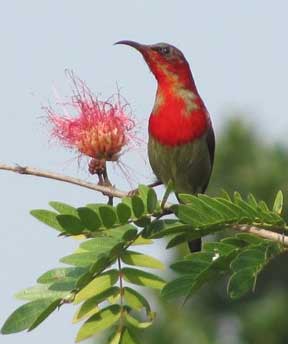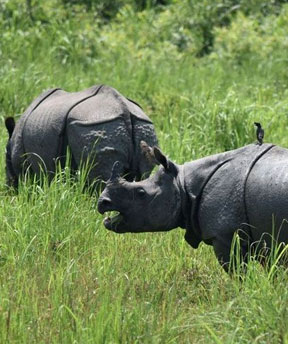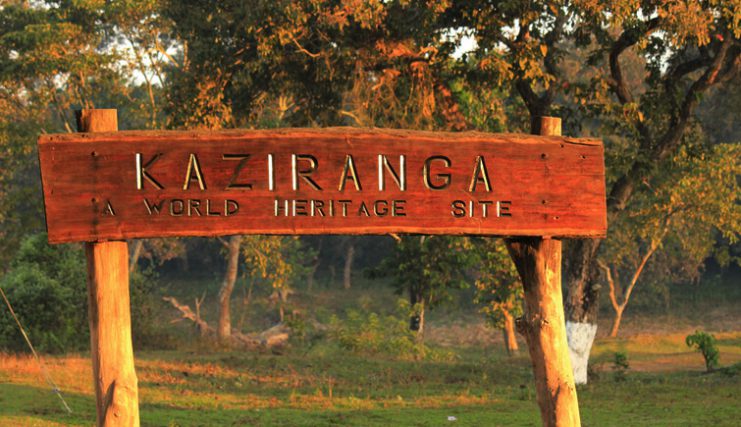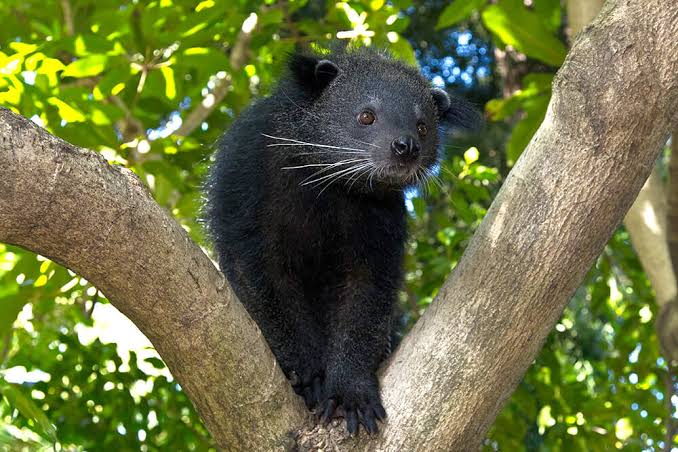
Addition to Kaziranga’s Fauna Family – 2 Mammalian Newcomers
The Kaziranga National Park and Tiger Reserve in Assam celebrated for being the main abode of one-horned rhinos, has welcomed the inclusion of two mammalian species, enhancing its already diverse fauna. These newcomers include the elusive binturong (Arctictis binturong), colloquially known as the bearcat and the largest civet in India, along with the small-clawed otter (Aonyx cinereus). Both of these species have been enlisted under Schedule I under the Wildlife Protection Act of 1972.
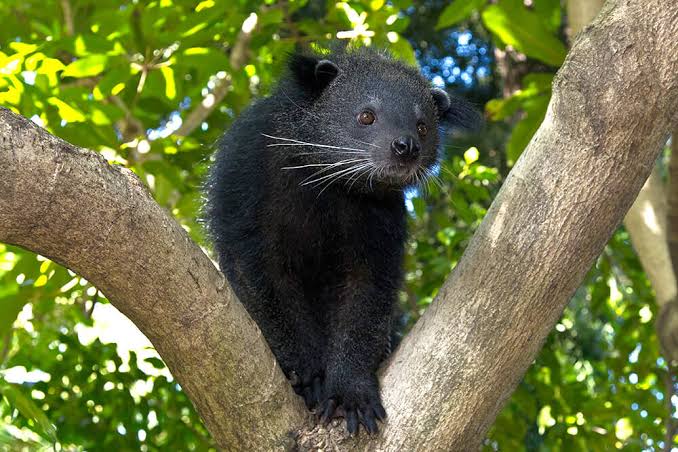
Officials managing the rhino habitat noted the discovery of these species in a recent enumeration, raising the total mammalian count within the vast 1302 sq km tiger reserve to 37. The binturong was photographed on January 10, 2024, as part of the fifth migratory bird count conducted in the reserve.
During a brief training program organized by officers and frontline staff, jointly conducted by the Wildlife Institute of India and the Assam Forest Department, the small-clawed otter was observed. Chirantanu Saika, a tour guide, documented the binturong, while Arun Vignesh, the park’s divisional forest officer (DFO), captured a photograph of the small-clawed otter, recognized as the world’s smallest otter species. The significant discovery of the small-clawed otter in Kaziranga Tiger Reserve followed a training program and the training was led by S A Hussain, a former scientist at the Wildlife Institute of India and an authority on otters worldwide, adds a unique dimension to the reserve’s biodiversity.

Known as the Asian small-clawed otter, this mammal exhibits a wide distribution range, extending from India to Southeast Asia and Southern China. In India, it is prominently found in protected areas of West Bengal, Assam, Karnataka, Arunachal Pradesh, Tamil Nadu, and specific regions of Kerala within the Western Ghats.
Small-clawed otters display partially webbed feet and short claws, augmenting their skills as hunters in aquatic surroundings. They predominantly inhabit freshwater habitats, relying on a diet consisting of fish, crustaceans, and mollusks. Although the small-clawed otter was previously noted in the western Himalayas and certain areas of Odisha, recent records suggest its non-presence in these regions.
The Kaziranga National Park and Tiger Reserve house a diverse collection of mammalian species, encompassing the Indian wild boar, Indian gaur, sambar, capped langur or leaf monkey, hoolock or white-browed gibbon, sloth bear, Gangetic dolphin, leopard, and the jackal.
